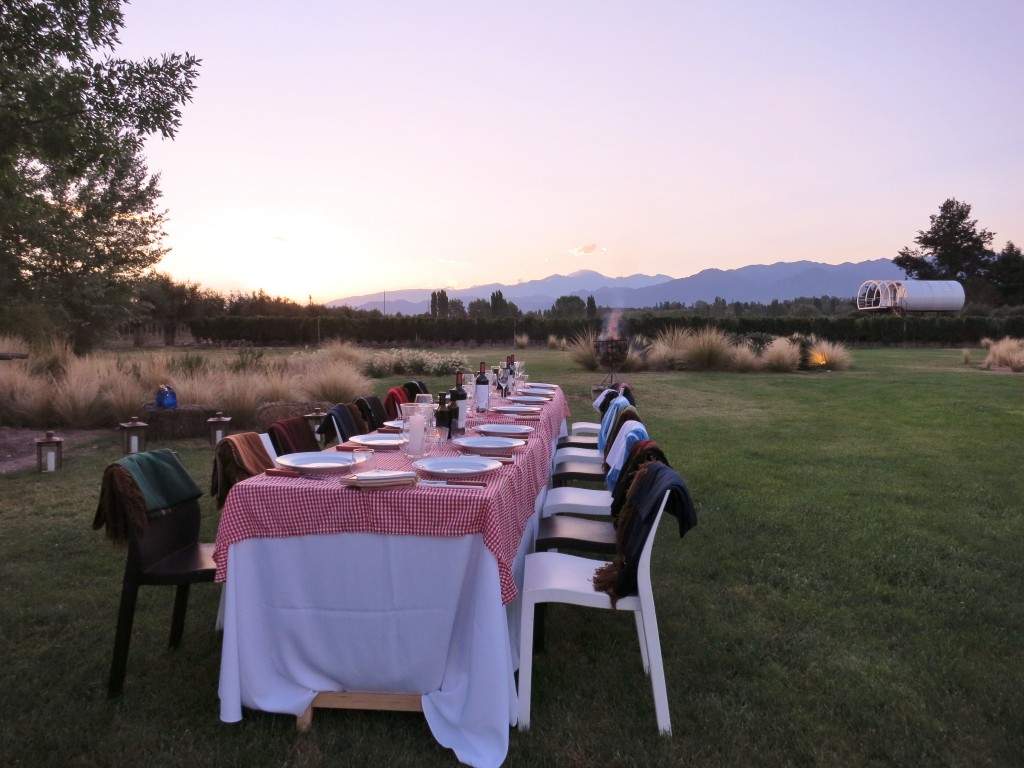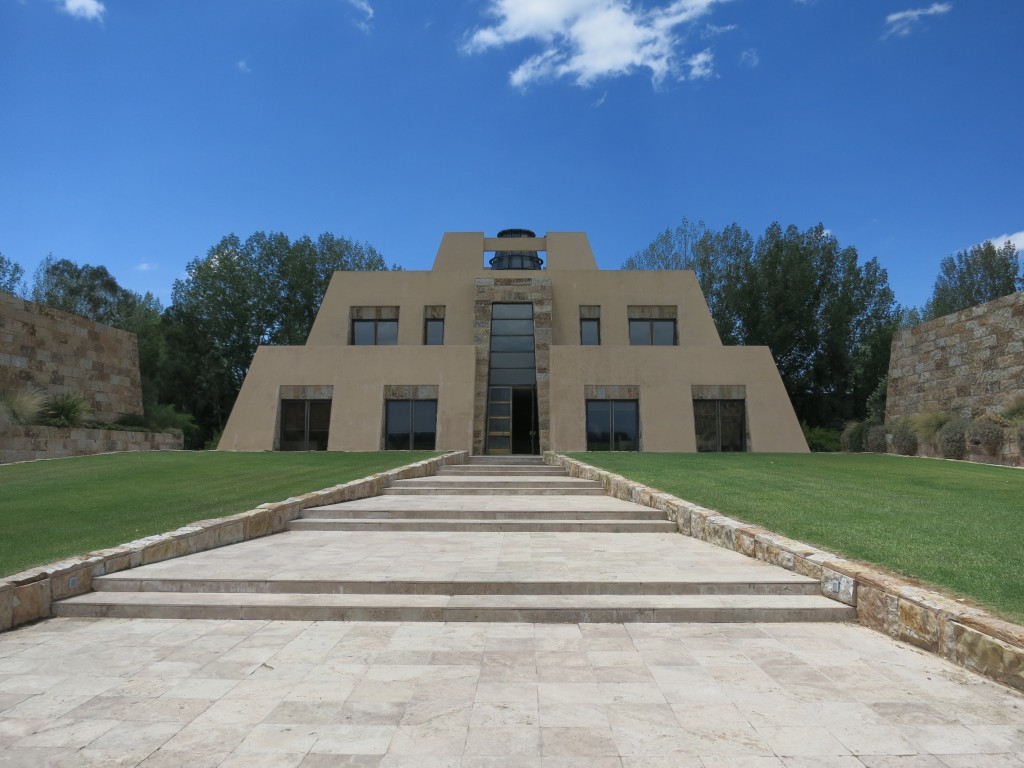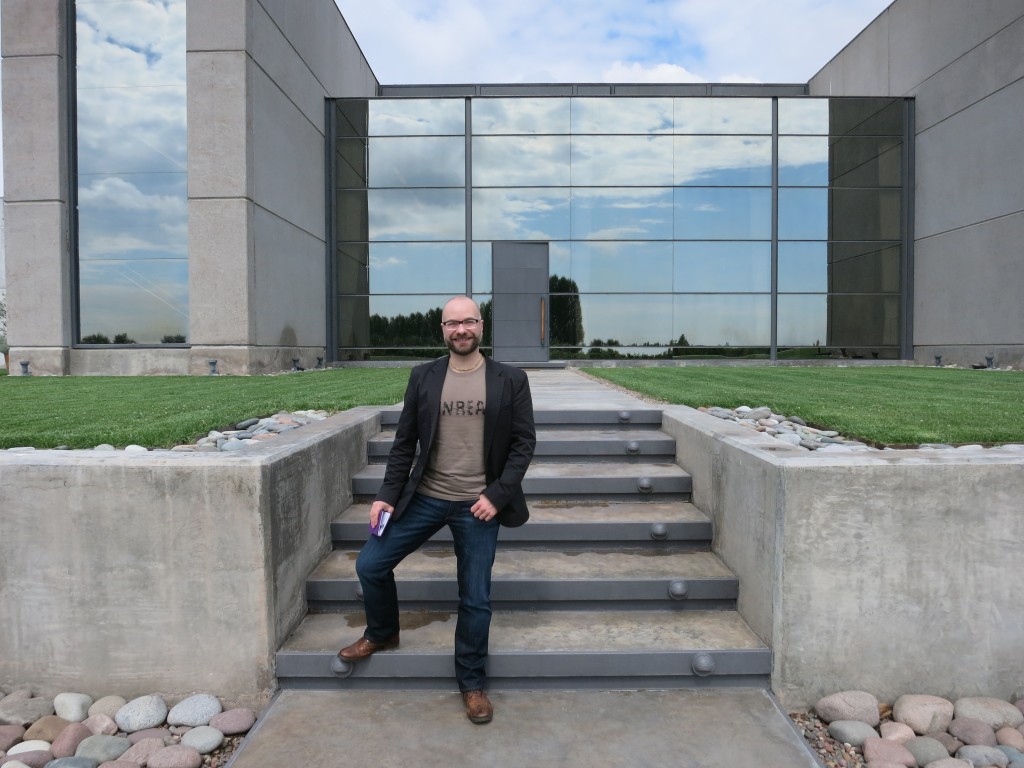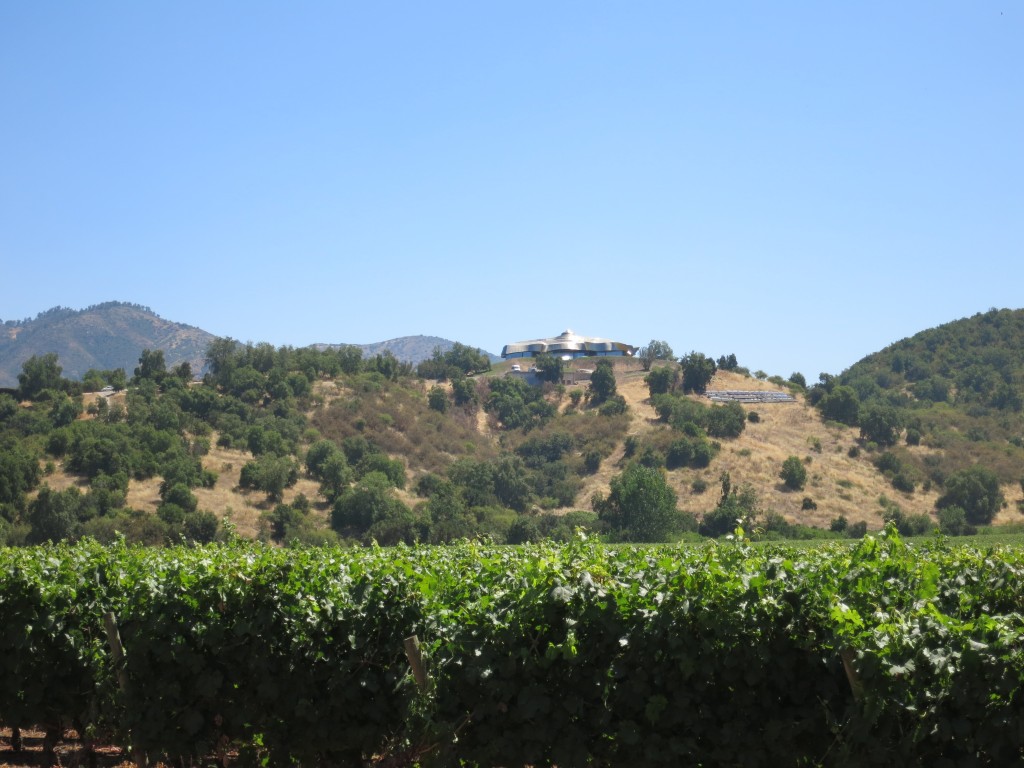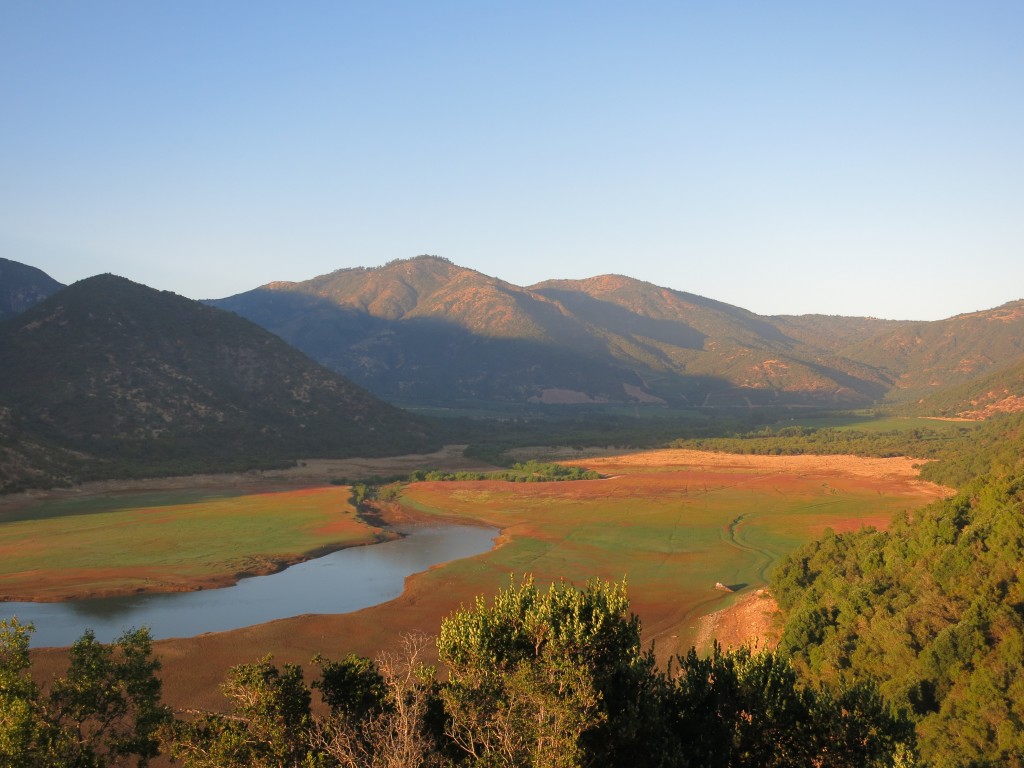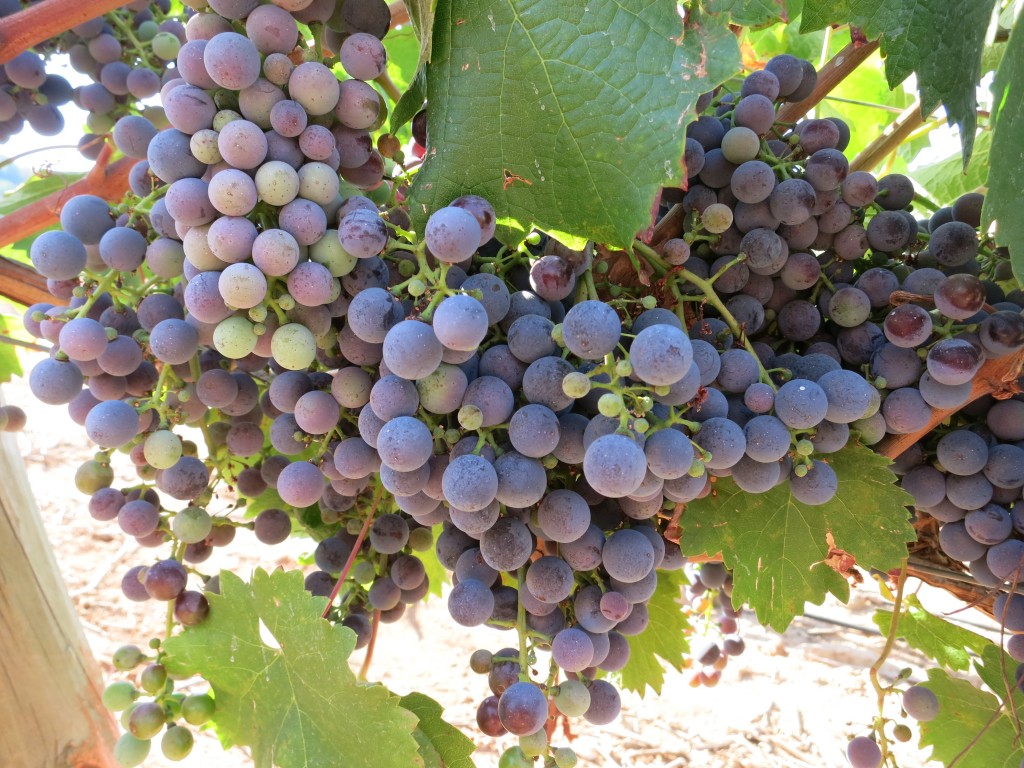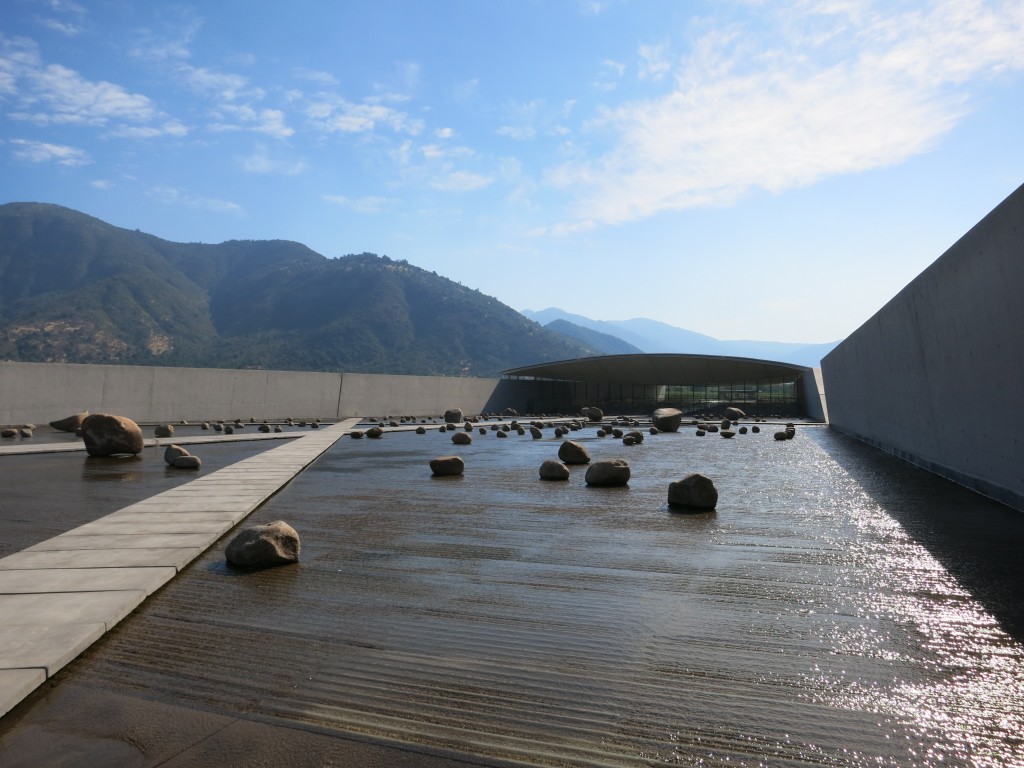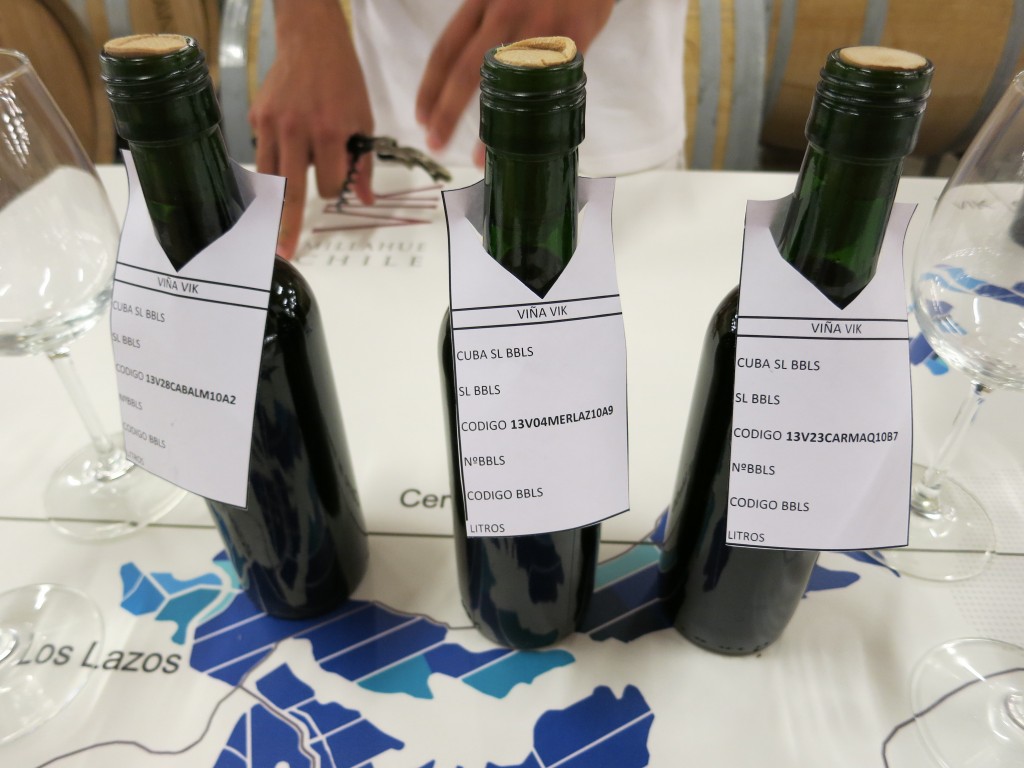Chardonnay Shame
The wine drinking culture in America is so much more open than it used to be. Notions such as “sweet wines are for amateurs” hold less weight than ever, and yet, it’s still surprisingly common to encounter people who feel some shame about the wine they like to drink.
I recently had the fortune to spend some time in Mendoza, Argentina, where I met Meredith and Jeff, a friendly American couple, at a Sunday asado. As our plates were filled with beef and pork and sausages and sweetbreads, our conversation turned to wine, as most conversations in Mendoza do.
“We’ve been so impressed by the wine here,” Jeff said, and I certainly did not disagree. I chose the wineries I visited carefully, but even so, the refined craftsmanship, ripe fruit and focus of almost all the wines I tried had left me thoroughly impressed as well. The quality to price ratio of wine in Mendoza is incredibly high.
“We’re leaving tomorrow,” Meredith said with a sigh. “But I think we’re going home with more Chardonnay than Malbec! I know I’m not supposed to like it, but…” and she shrugged, seemingly embarrassed about her taste in wine.
Her remark pushed my buttons. “What?” I exclaimed, a little too loudly. “Of course you like it. The Chardonnays here are beautiful!”
And they are. I remembered the 2012 Catena Alta Chardonnay I tasted in the Mayan pyramid-shaped winery of Catena Zapata: “Ample spice balancing creamy fruit — well-integrated wood, spice and fruit,” I wrote in my notes. The 2013 Chardonnay I tried in the historic Terrazas de los Andes winery had a luscious mouthfeel, zesty acids and focused white-pepper spice. A delight. At The Vines Resort, I tried a lively 2014 Chardonnay straight from the steel tank, their first attempt at an unoaked Chardonnay. The fruit tasted surprisingly rich, balanced by some sharp, gingery spice.
And I especially loved the two single-vineyard Chardonnays I tasted at Viña Cobos, the winery of famed winemaker Paul Hobbs. The gorgeous 2013 Bramare Marchiori Vineyard Chardonnay had very ripe fruit and sweet notes of caramel and vanilla, but bright acids kept it from being heavy. Even the entry-level 2014 Felino Chardonnay was delicious, with some tropical fruit notes, a focused shaft of white-pepper spice and something savory on the finish.
Malbec or no Malbec, how could someone not like fruity, well-balanced Chardonnays like these? I told Meredith that she was absolutely right to like the Chardonnays, and, fully surrendering to the button Meredith had pushed, I demanded that she proudly own her preference: “I want you to say, ‘Yes! I like Mendoza Chardonnay, and there is nothing wrong with that!'” Though slightly startled, Meredith, to her credit, did exactly what I asked.
I had bad boundaries with Meredith, and I’m going to have bad boundaries with you as well. Don’t let anyone tell you that the wine you like is wrong, even if the person telling you that is yourself.

